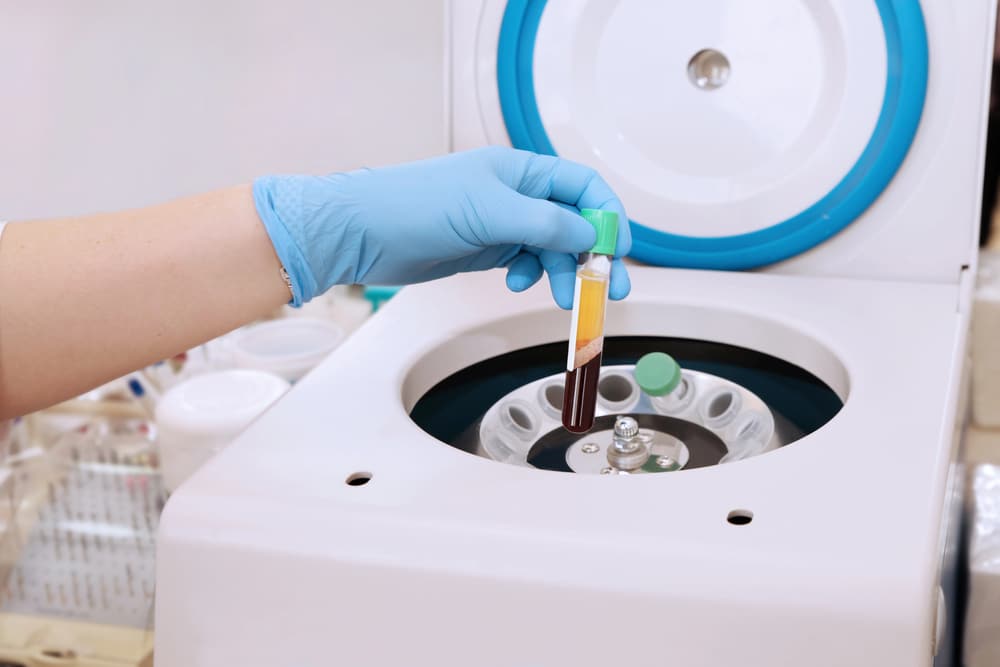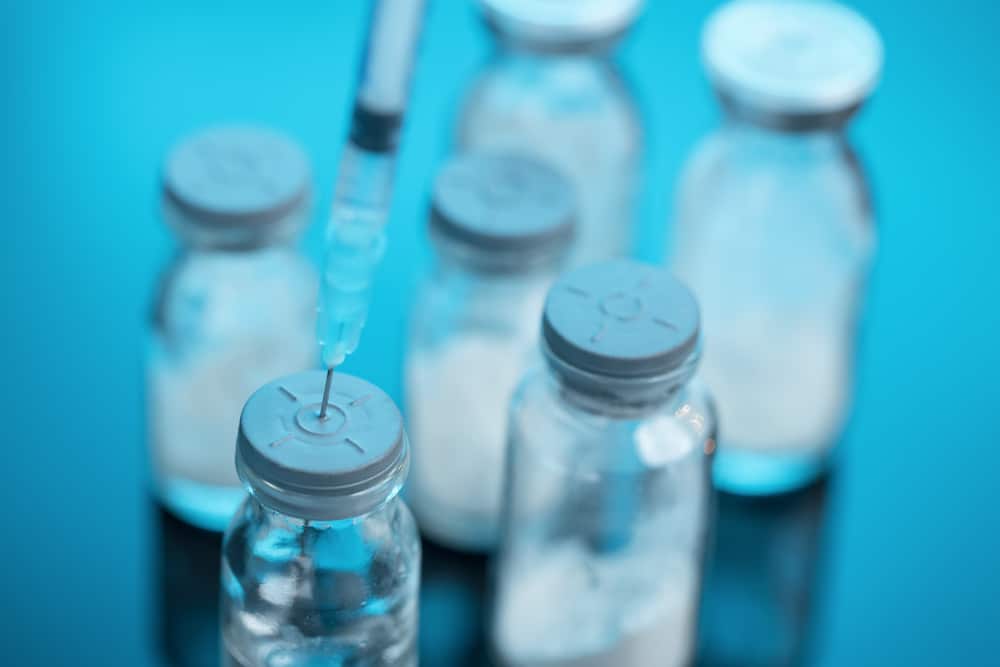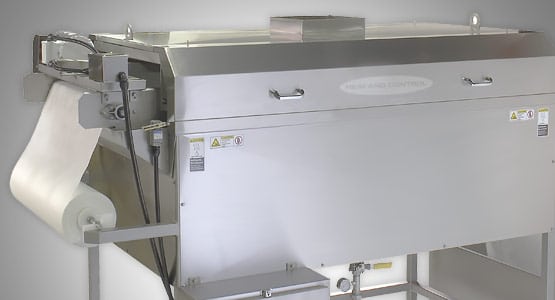Filtration is a common technique for mechanically separating gases or liquids. A filter membrane serves as a barrier to enable ion exchange, removing macromolecules or bacteria from solution, separating colloids, or recovering gases. Some uses for filtration include producing clean drinking water, generating safe food products, and ensuring a clean environment. It is used for petro-chemical vapor recovery, oxygenation of blood in an artificial lung, and hemodialysis via an artificial kidney. Filter membranes are necessary for ion exchange in a fuel cell and for electrolysis. Filtration is also a key procedure in the laboratory to separate RNA, DNA, cells, proteins, and other molecules.
Common methods include microfiltration (0.1 to 1 micrometer particulates), ultrafiltration (0.001 to 0.1 micron), nanofiltration (less than 0.001 micron), and reverse osmosis (less than 0.001 micron). Microfiltration is used to separate colloidal solutions, but the other three are used for dissolved particulates.
Two main filtration membrane models and how a filter membrane works
There are two main categories of filter membranes: the solution-diffusion model and the hydrodynamic model. Solution-diffusion model membranes work on the principle of diffusion through the membrane. Therefore, the molecule that needs to be transported across the membrane must first diffuse into the membrane. A good example of a solution-diffusion filter membrane is the ion exchange membrane in an electrolysis unit or a fuel cell. In hydrodynamic model the solution is transported through pores. The pore size must be smaller than the particle being removed from solution. This filter membrane is used to separate colloids, macromolecules from solution, or bacteria. The pores must be smaller than the particle being separated. Many times the required pore size is very small, on the order of micrometers or nanometers.
Selecting a filter membrane
There are four things to consider when choosing a filter membrane:
- which liquid or gas will be filtered
- chemical compatibility
- pore size
- other membrane specifications ex: temperature or pressure stability, hydrophobicity, membrane strength
What filter membranes are made of
The chemical compatibility, strength, stability, and pore size are all functions of the material and manufacturing process. Some commonly used materials for filter membranes are mixed cellulose esters, cellulose acetate, coated cellulose acetate, hydrophilic PTFE, hydrophobic PTFE, nylon, and polycarbonate. Many companies have product catalogs that detail the properties of all of their filter membranes. Another thing to consider when choosing a filter membrane is whether or not a sterile filter is needed. Many filter membranes are manufactured in clean rooms to ensure that the filter surface is free from microparticle contaminants prior to use.
Challenges of using a filter membrane
The main challenge of the filtration process is the buildup of material on the filter membrane itself. This is called a filter cake or fouling, and can slow down or even stall the filtration process entirely until it is removed. It also sets up concentration gradients on either side of the membrane. This is particularly problematic in the solution-diffusion filter membrane. There are two main geometries used for filtration: the cross-flow method and the dead end method.
The dead end filtration method is the most prone to filter cake buildup because the solution is flowing directly into the filter. The cross-flow method solves this problem because it is orientedso that the solution flows tangentially to the filter membrane. This tangential flow can shear the filter cake off the membrane surface. However,the cross-flow method is often more complicated to create because there needs to be an outflow for the solution that doesn’t go through the membrane (rententate), and an outflow for the solution filtered through the membrane (filtrate). The end result is that more components are required for the system to function well. This may or may not be an optimal choice; it depends on whether it makes more sense for the user to replace these extra parts or to regularly clean or replace the filter membrane itself. Either way, regular maintenance schedules are important.
In general, the cross-flow method is useful for well-defined industrial filtration systems. In these scenarios the filter cake can slow down the process substantially and the extra cost to build the cross-flow system seems justifiable. The dead end filtration method is suitable for small batches and one-time use applications. Flow rate across a filter membrane is increased by increasing the filter membrane surface area, decreasing fluid viscosity, increasing the driving force across the membrane, and decreasing the filter cake size.
All filter membranes will eventually need to be cleaned or replaced because it is impossible to engineer a system that will be completely resistant to particulate build-up and fouling. It is always a good idea to clean the membrane if a 10% reduction in fluid flow or quality is observed. Typical cleaning reagents include organic acids for scale removal, chelating agents for colloids and metal oxides, enzymes for biofilms, and basic solutions for oil and grease.









